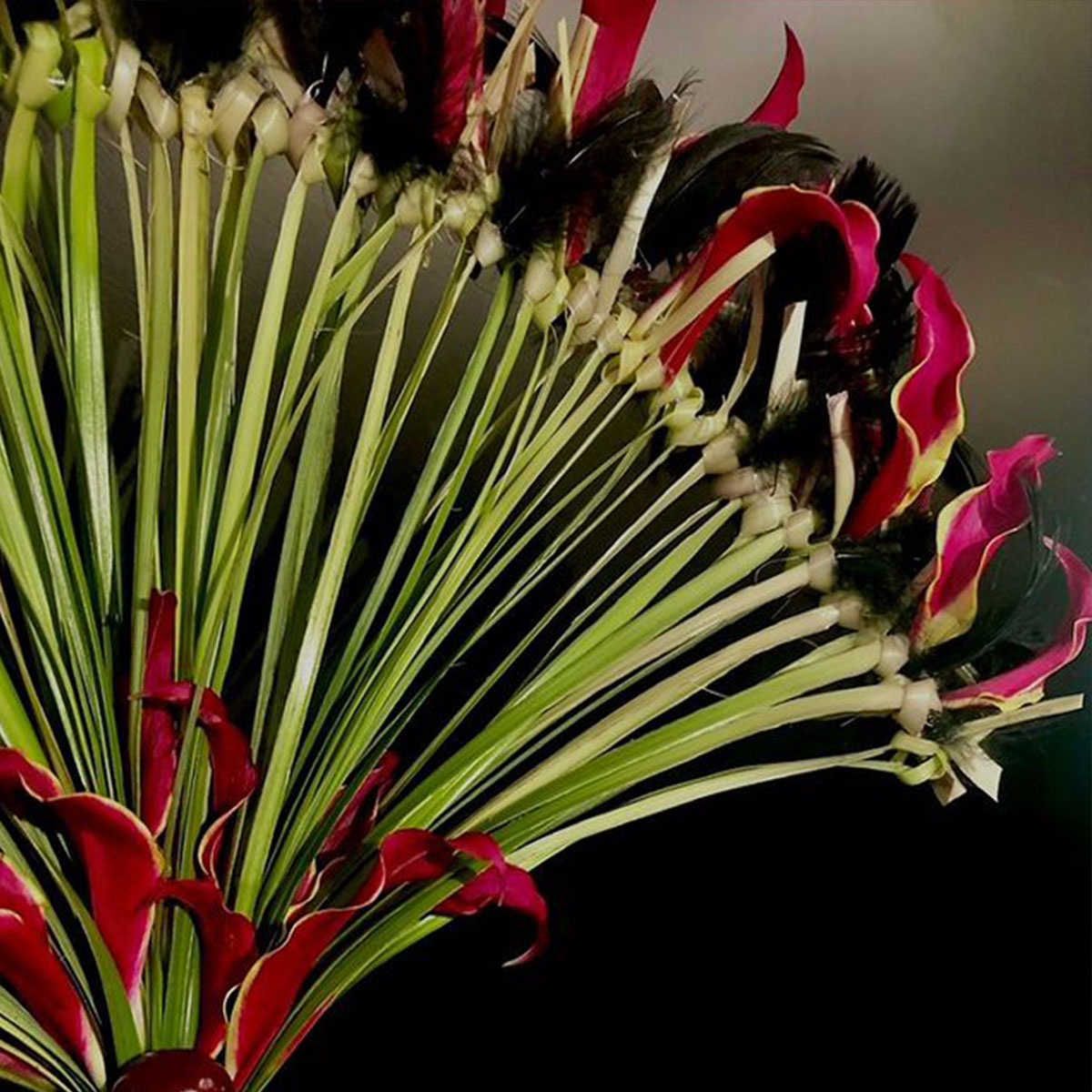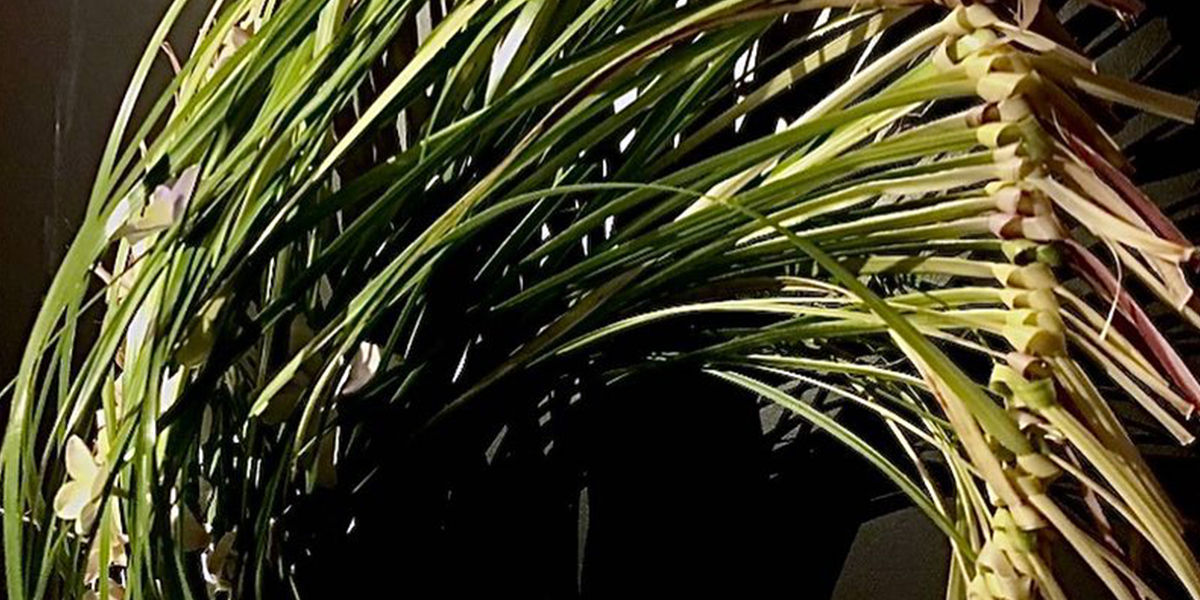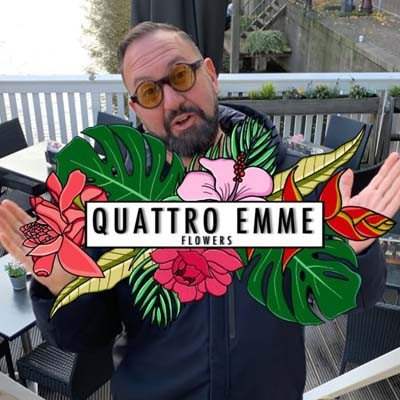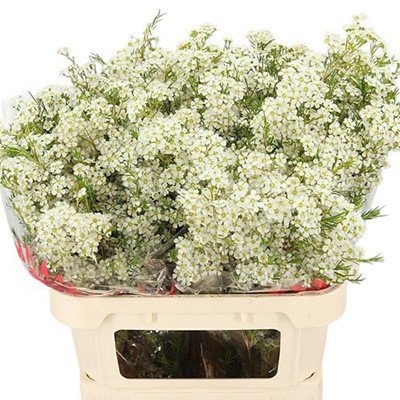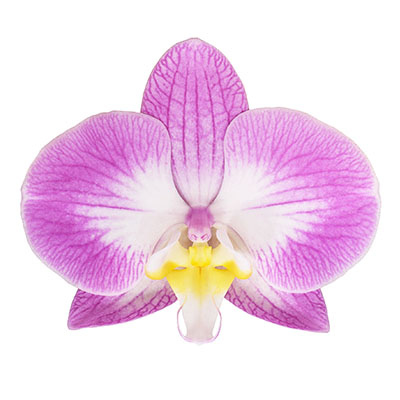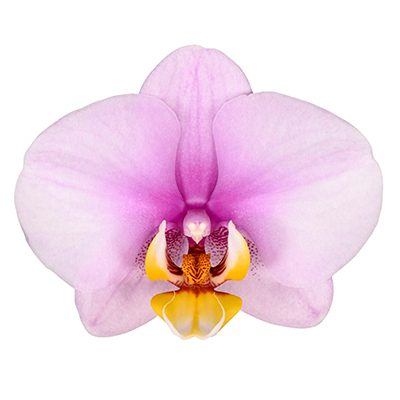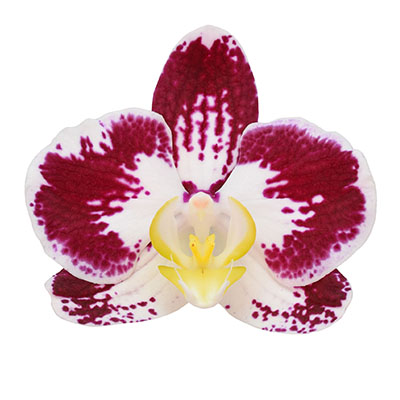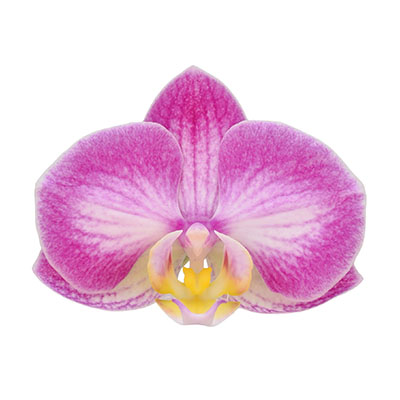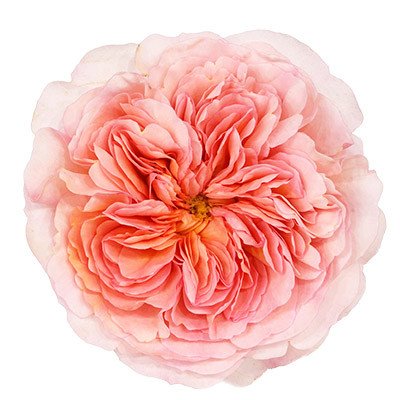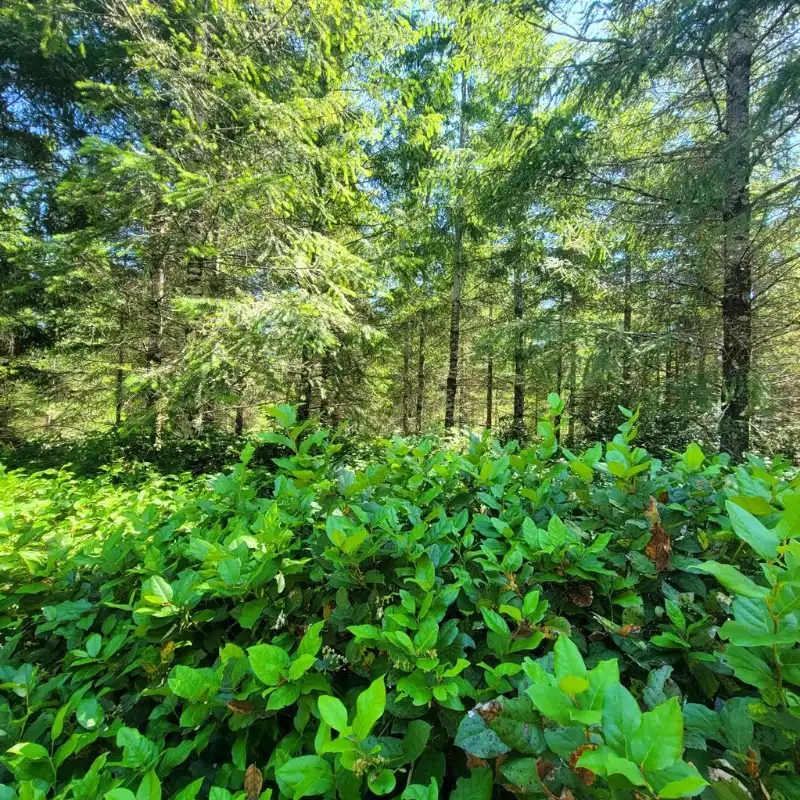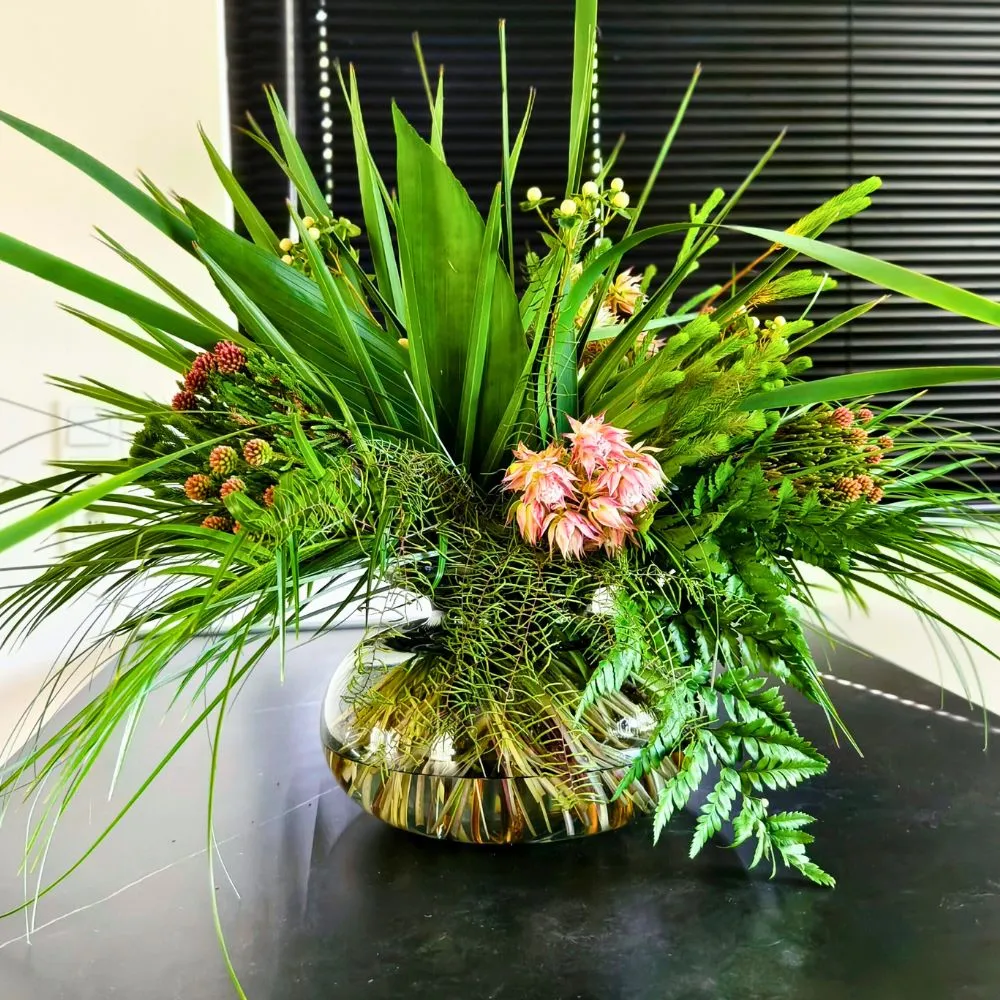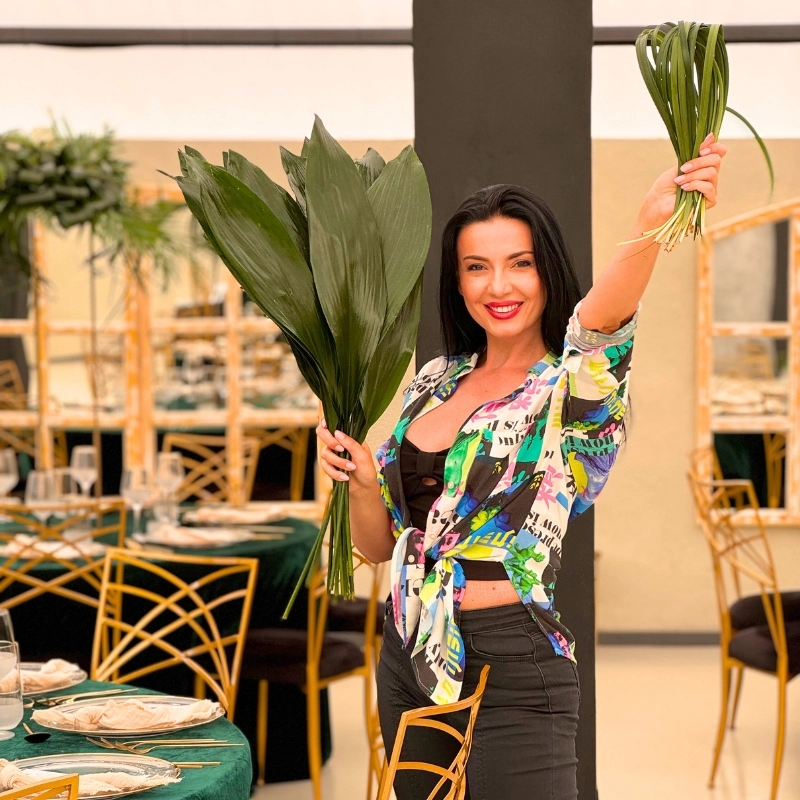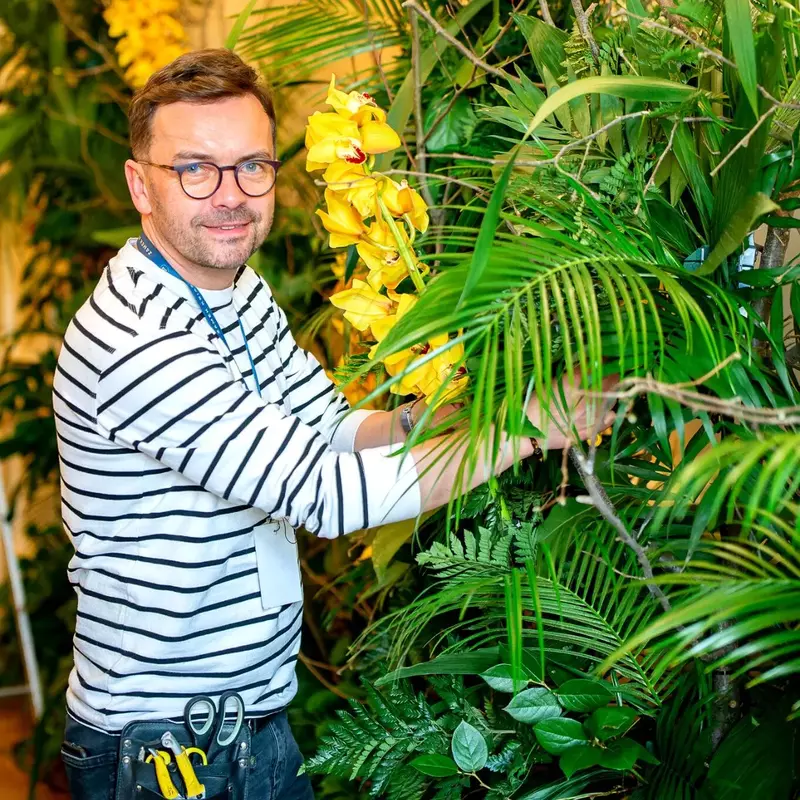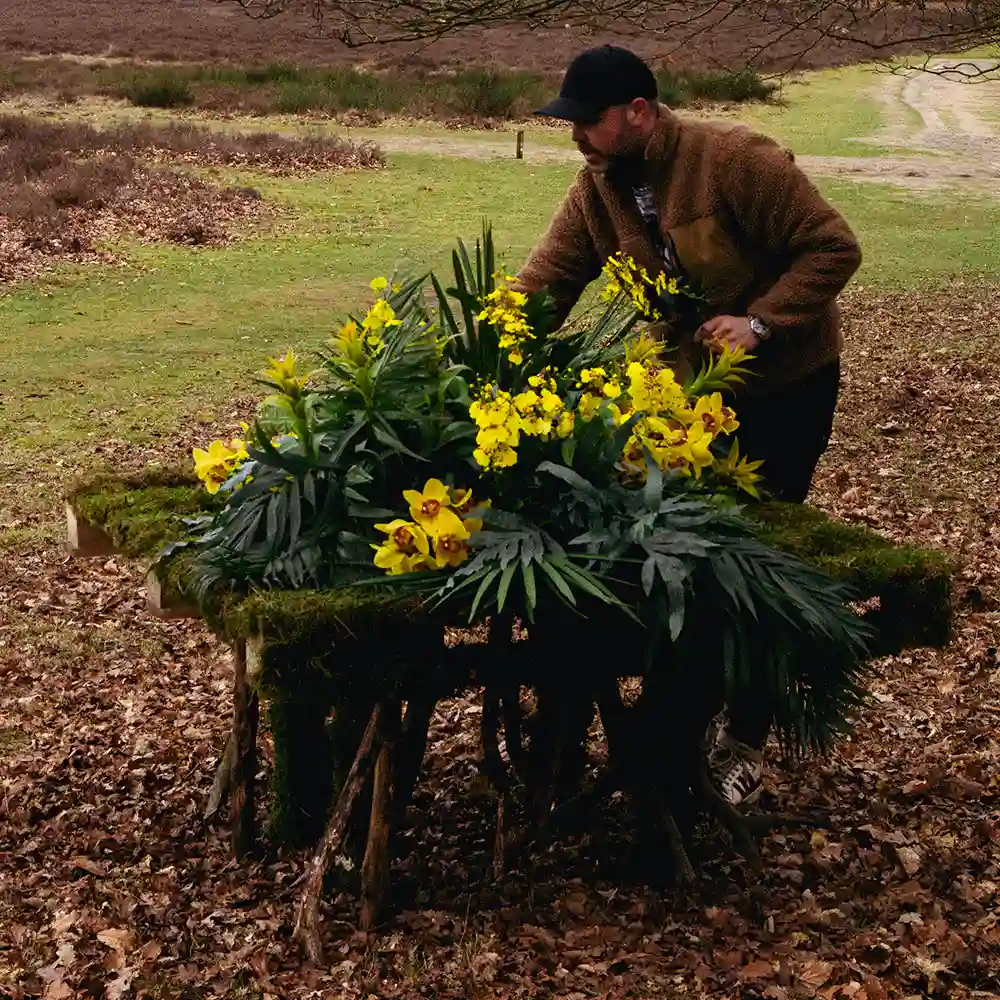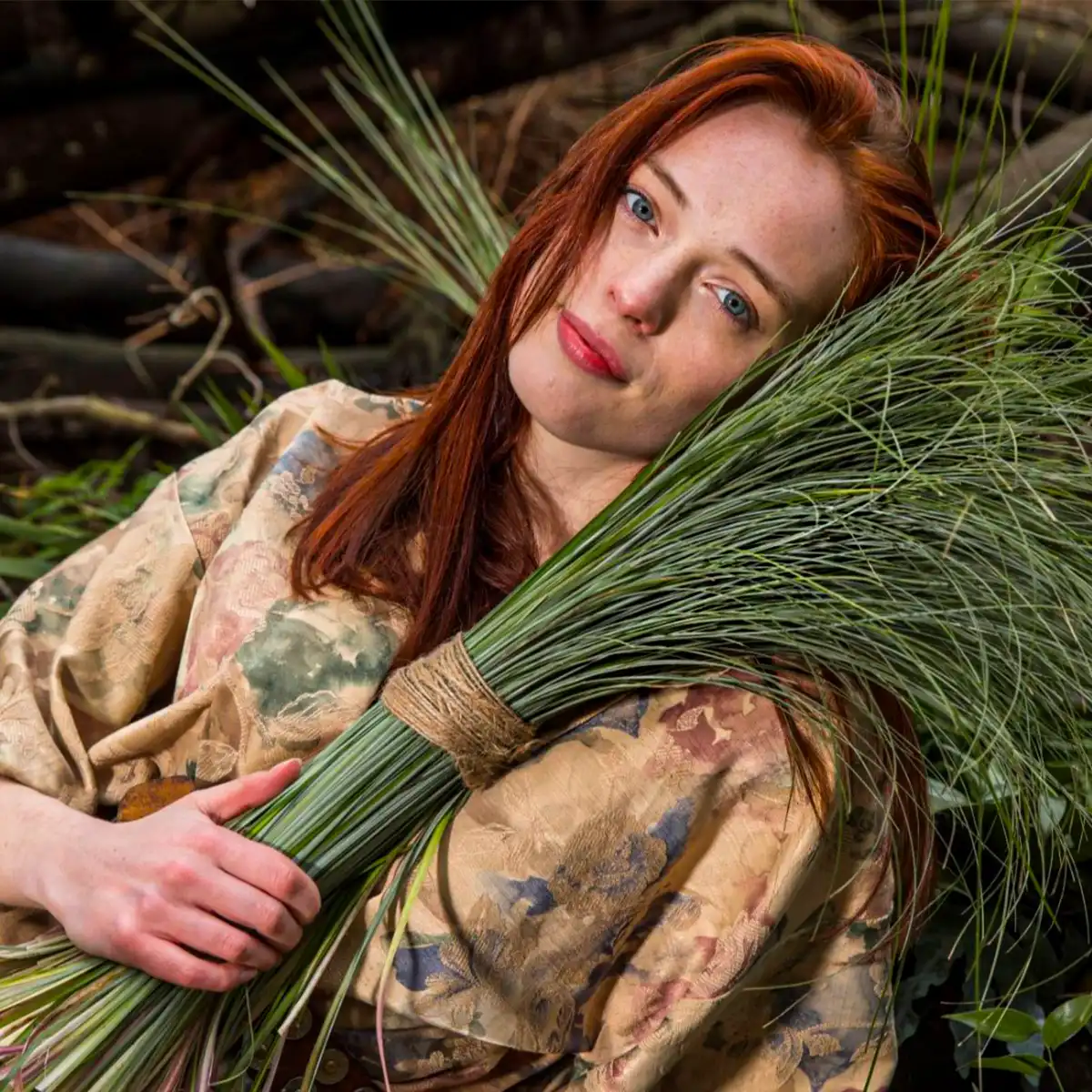Origin
Xerophyllum tenax or beargrass is a grassy plant belonging to the lily family. Other common names for beargrass are squaw-grass, soap grass, quip-quip en Indian basket grass. Beargrass can reach up to 150 cm and grows in bunches. The grassy leaves are olive green, they grow from the base of the stem and look like a fan. The creamy white dish-shaped flowers of beargrass look like vanilla icecream! They grow in July and August and have a sweet aroma. Beargrass is ecologically important because it is a fire-resistant species. It is often the first plant to sprout after a bush fire.
Where Does Beargrass Grow?
Beargrass is found in open forests and meadows on the Westcoast of the U.S.A., from British Columbia to California, from sea level up to an altitude of 2,100 meters. It often grows underneath alpine larch and whitebark pines. Pickers 'pick' beargrass and then it is transported in large bales to distributors where the grass is cleaned and bunched in smaller bunches. Basically, beargrass is available all year round, however, in certain periods the forests/areas are closed in order to give the opportunity to new growth. Picking is then moved to other, more remote areas.
Facts
Did you know this foliage is easy to shape? Into a heart, in a group, or as a fan. The most creative combinations can be made instantly. The long, thin leaves are available in different lengths and colors that native Americans in British Columbia, Oregon, and Washington State traditionally made baskets of the stems and the roots of beargrass? When the grass is dried in the sun, the off-white color becomes white.
Inspiration
The starting point is green. Just take a look at the shape of the leaf, it gives a lot of information about the final appearance. Beargrass provides movement, the swinging note in your bouquet. Beargrass folded is also a creative application for every arrangement.


